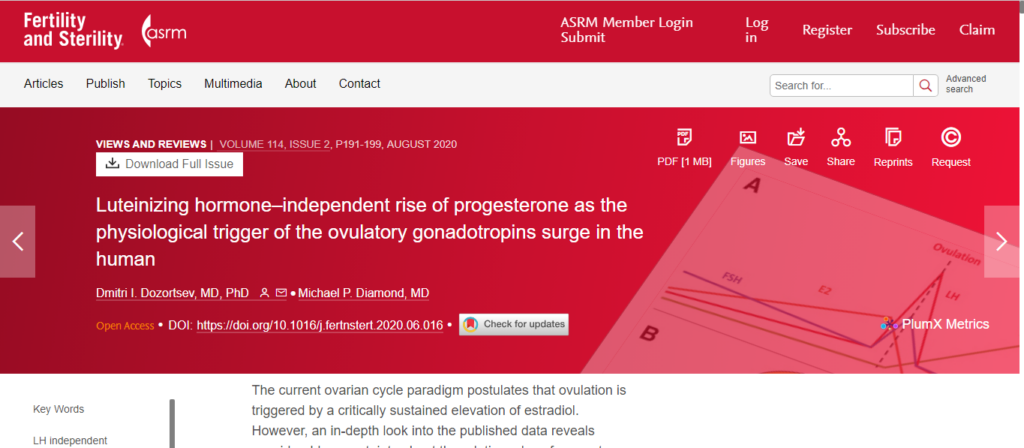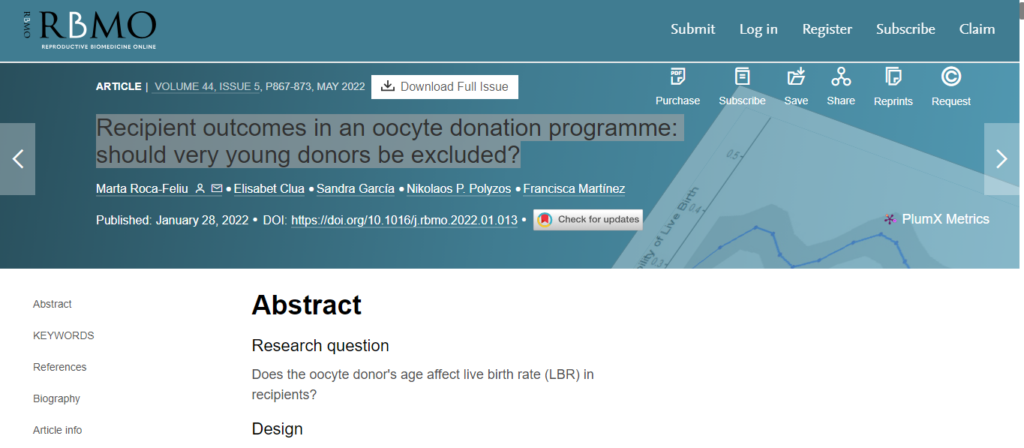Uterine polyps, also called endometrial polyps, are soft, non-cancerous growths that form within the lining of the uterus. While often small and asymptomatic, they can reduce your chances of getting pregnant, especially during fertility treatment.
These growths:
- Range from a few millimeters to several centimeters
- Can distort the endometrial cavity and interfere with embryo implantation
- They are commonly discovered during fertility evaluations, particularly after failed In vitro Fertilization (IVF), Embryo Transfers (ET) or Intrauterine insemination (IUI) cycles.
Polyps are not the same as fibroids or cysts and require targeted evaluation during pre-treatment planning. While not always symptomatic, uterine polyps can cause irregular menstrual bleeding and interfere with your chances of getting pregnant. Many people confuse polyps with fibroids or cysts, but these are distinct conditions that can impact fertility in different ways.
Understanding the difference between a polyp and a fibroid is key. Polyps are usually soft and form inside the uterine lining, while fibroids are firmer, muscular growths that can grow inside or outside the uterus.


